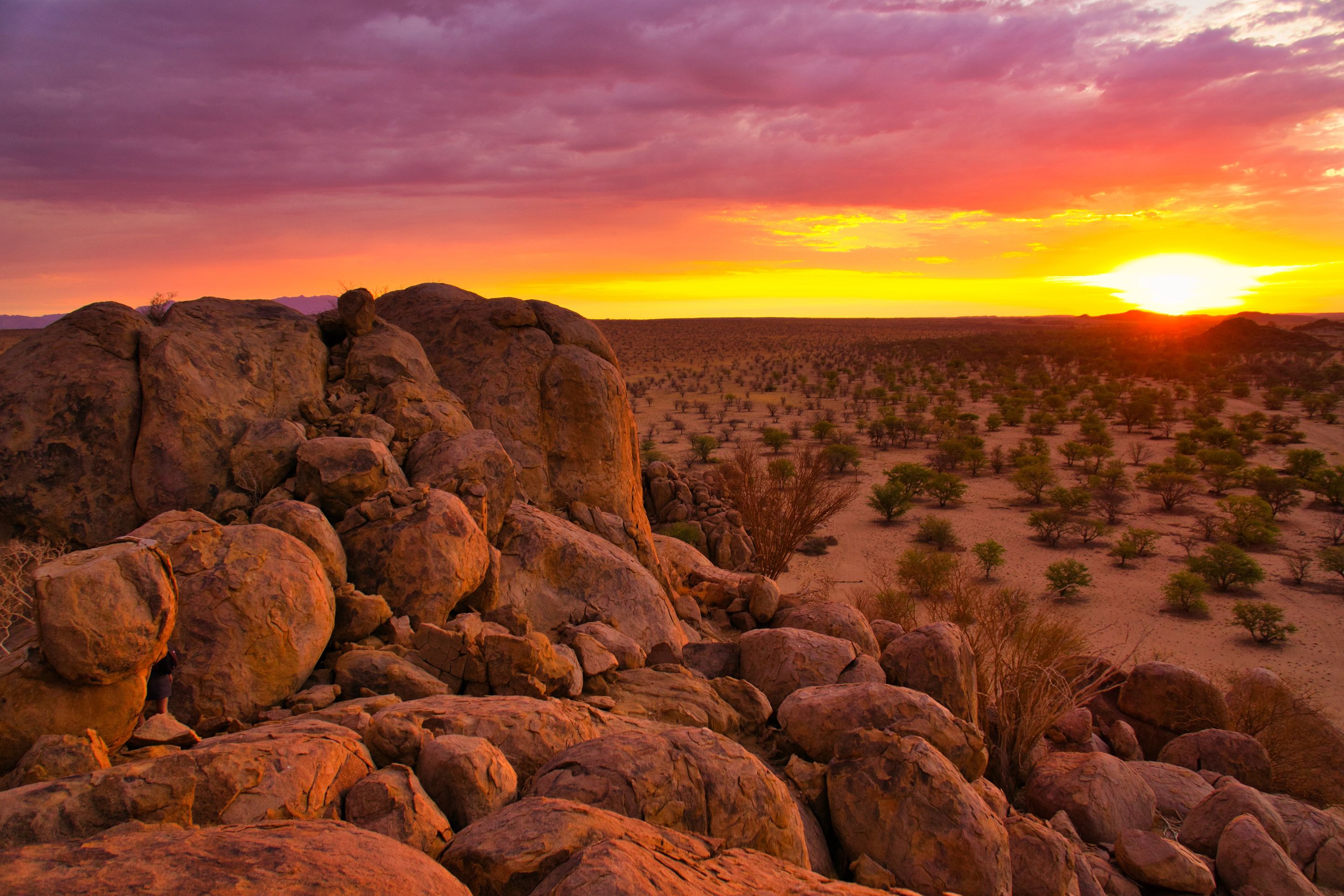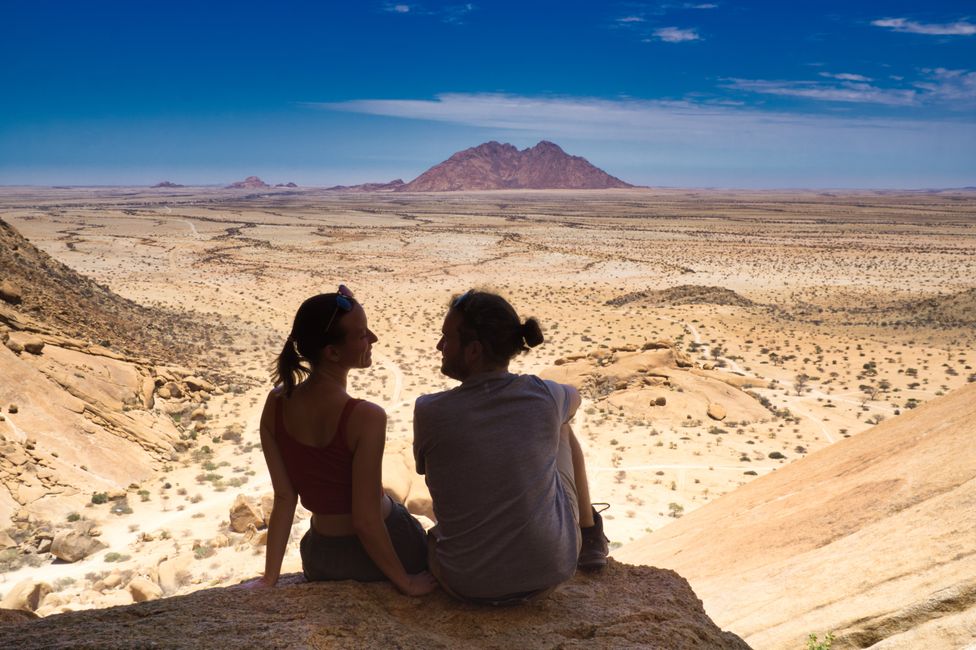Garden Route & Karoo Semi-Desert
MIVOAKA: 27.04.2022
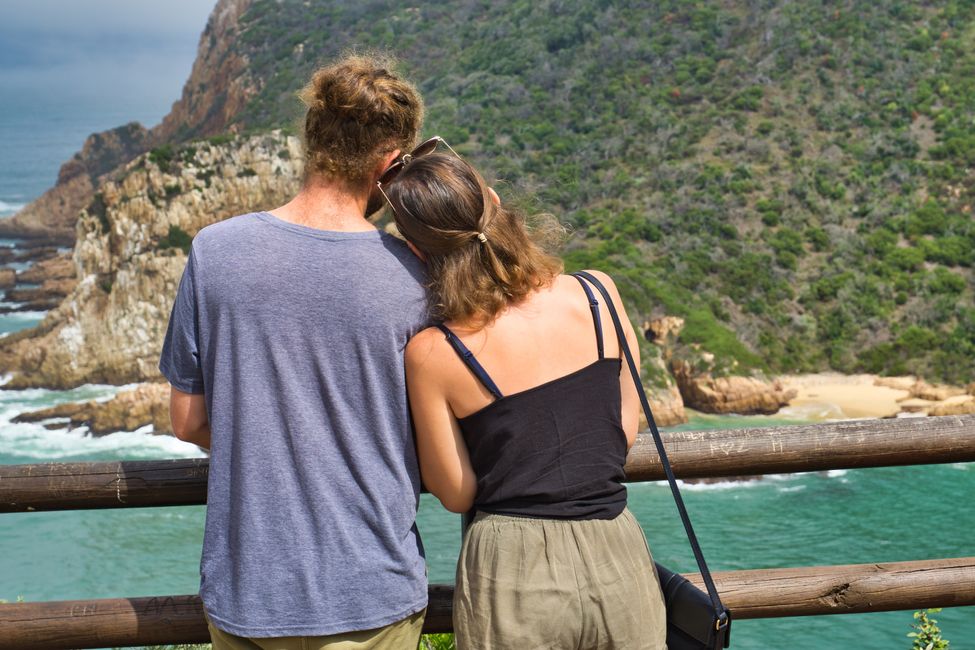
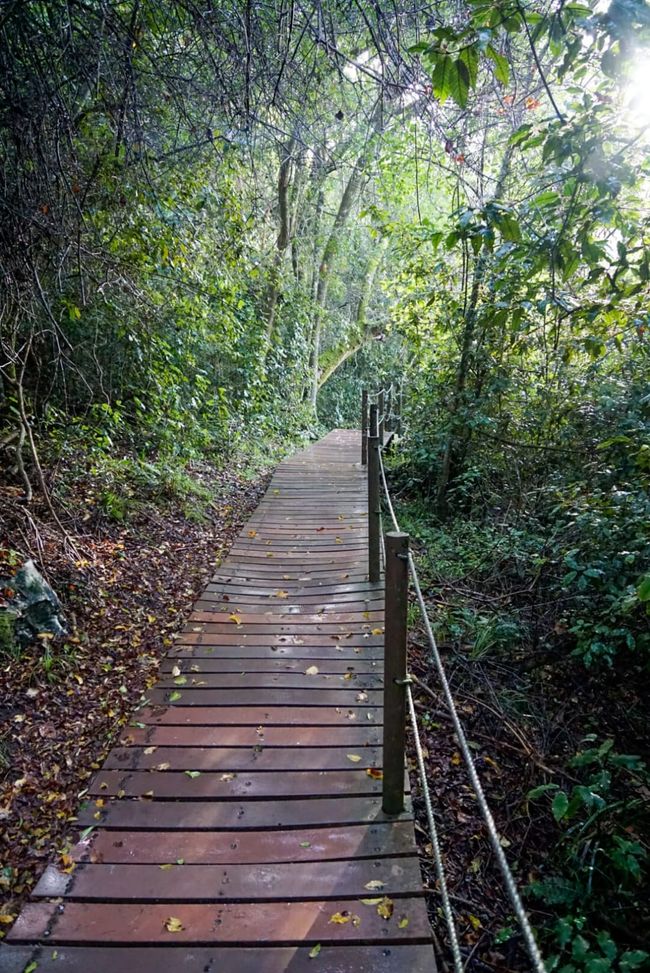
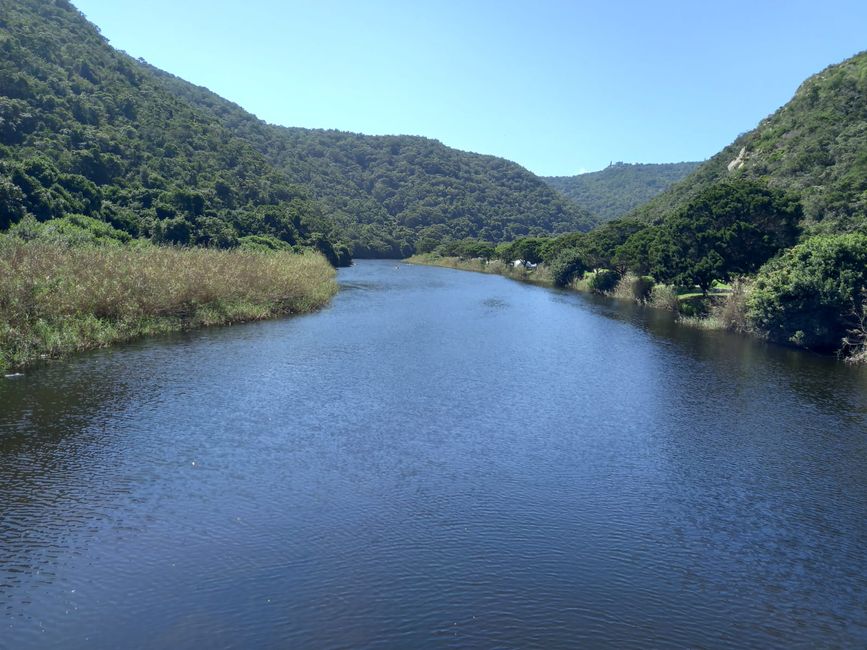
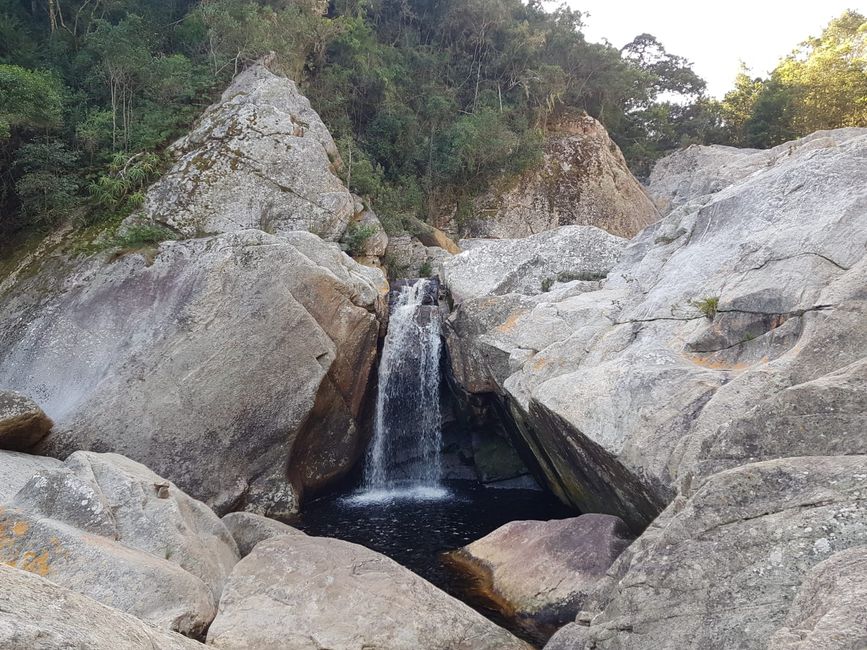
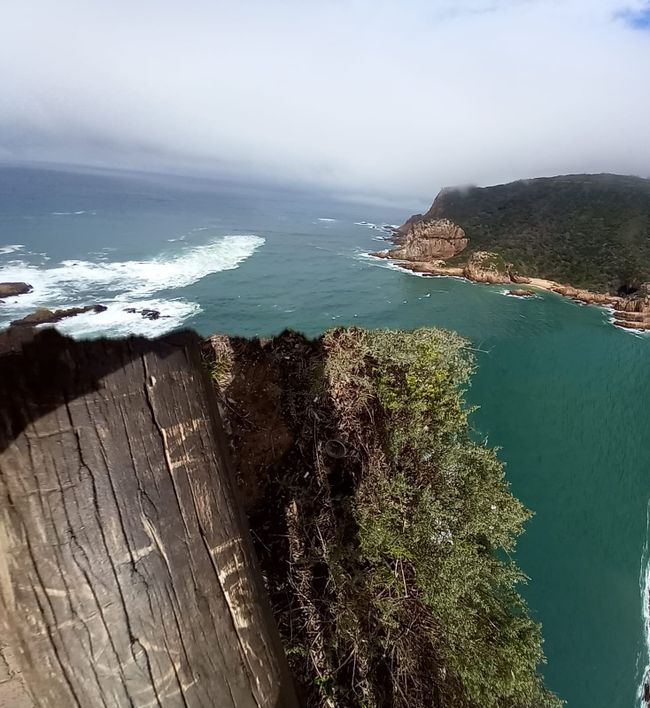
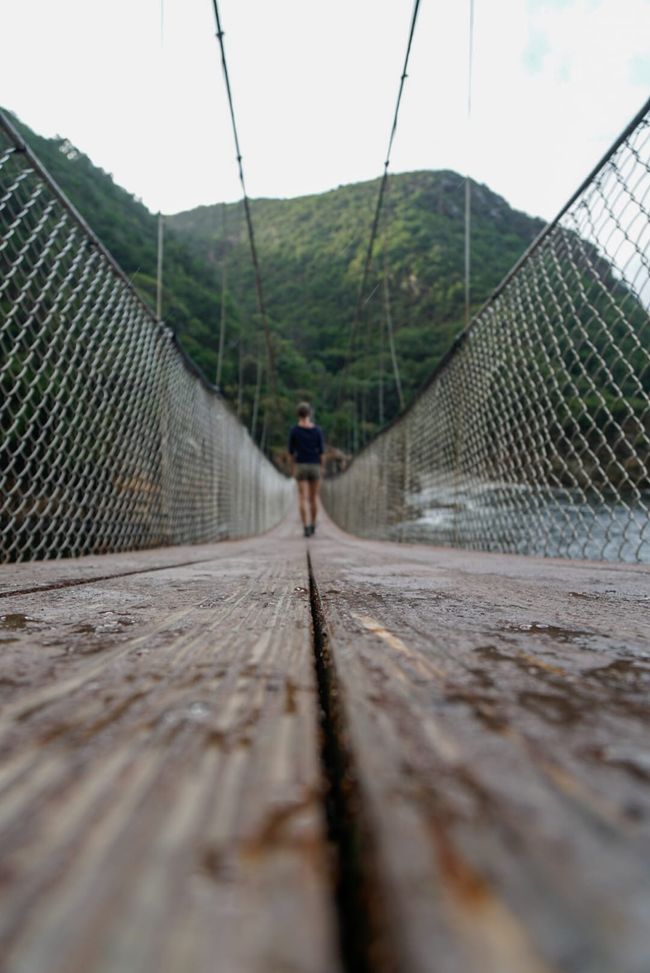
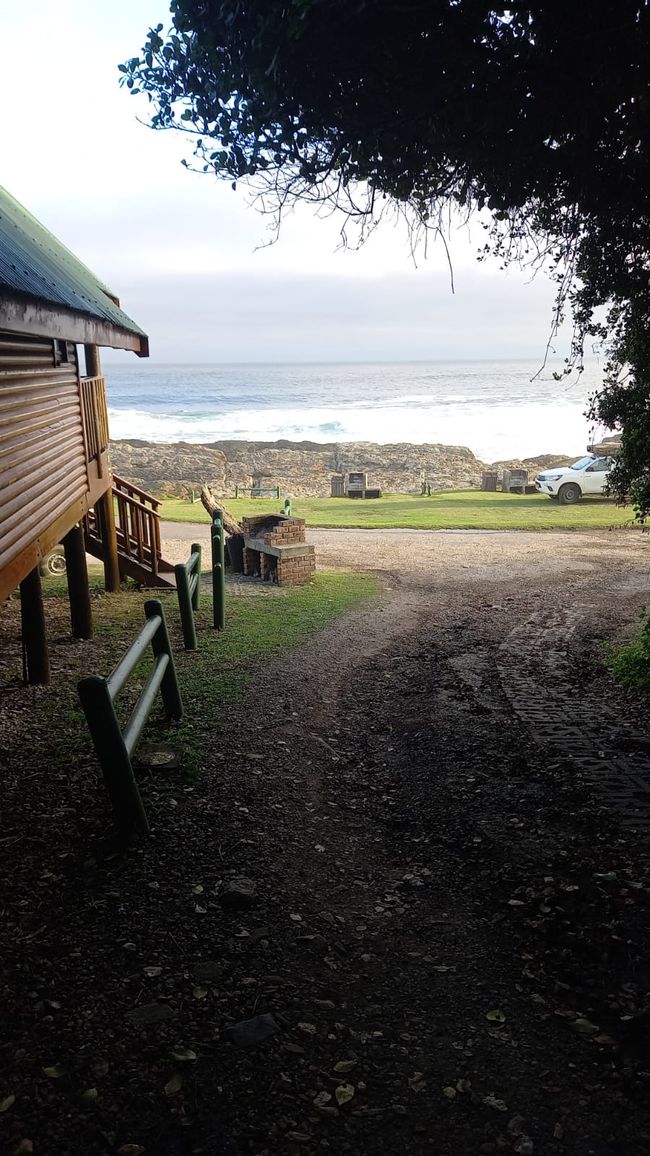
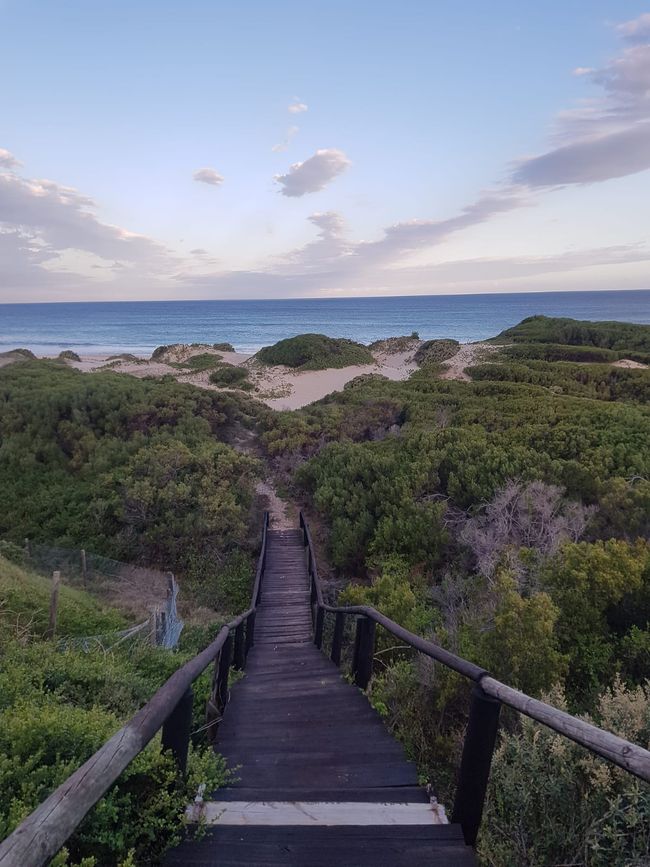
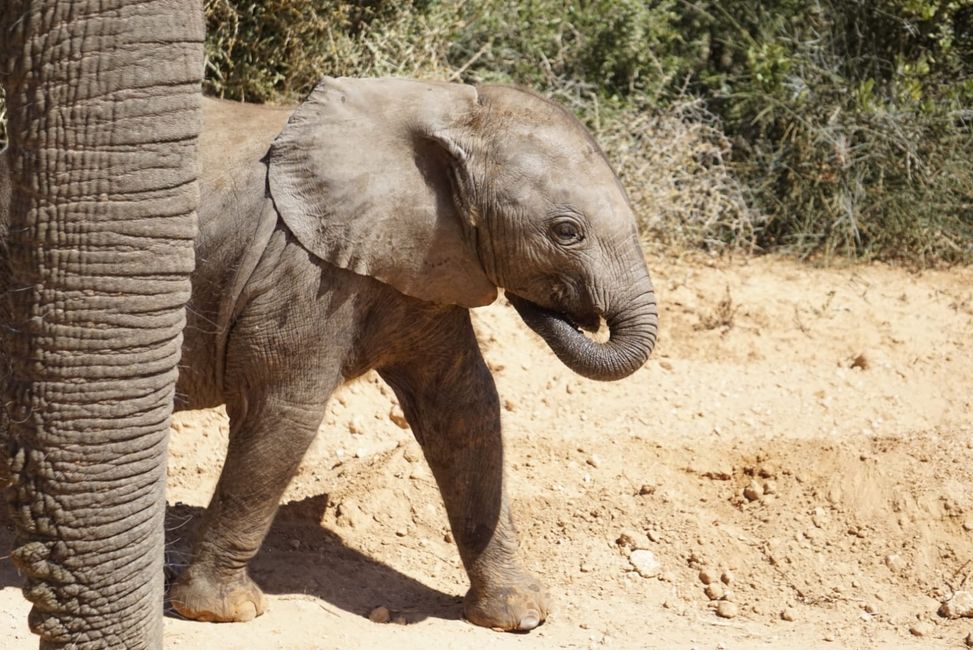
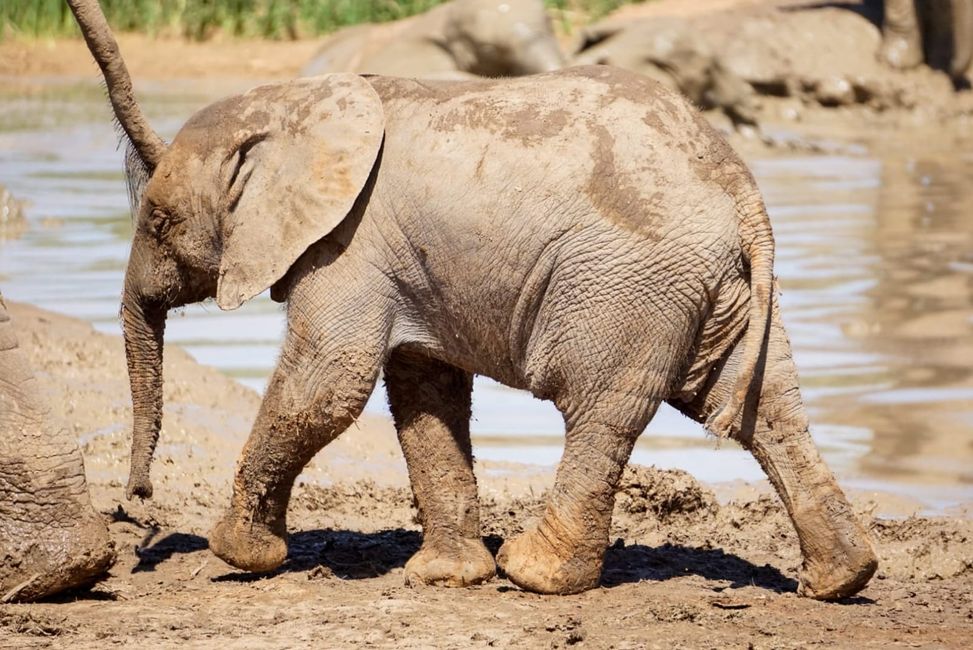
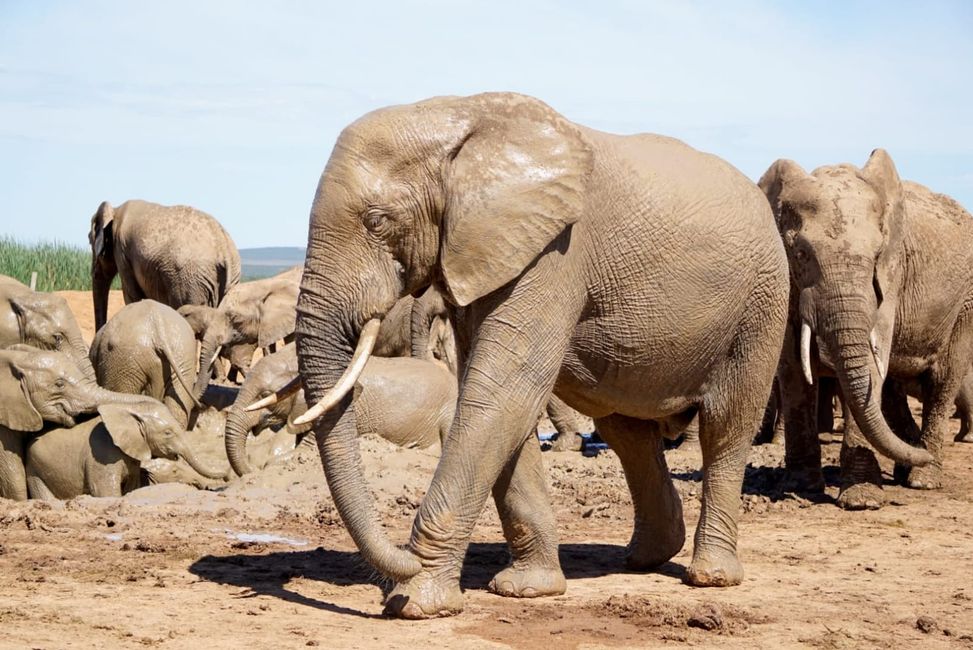
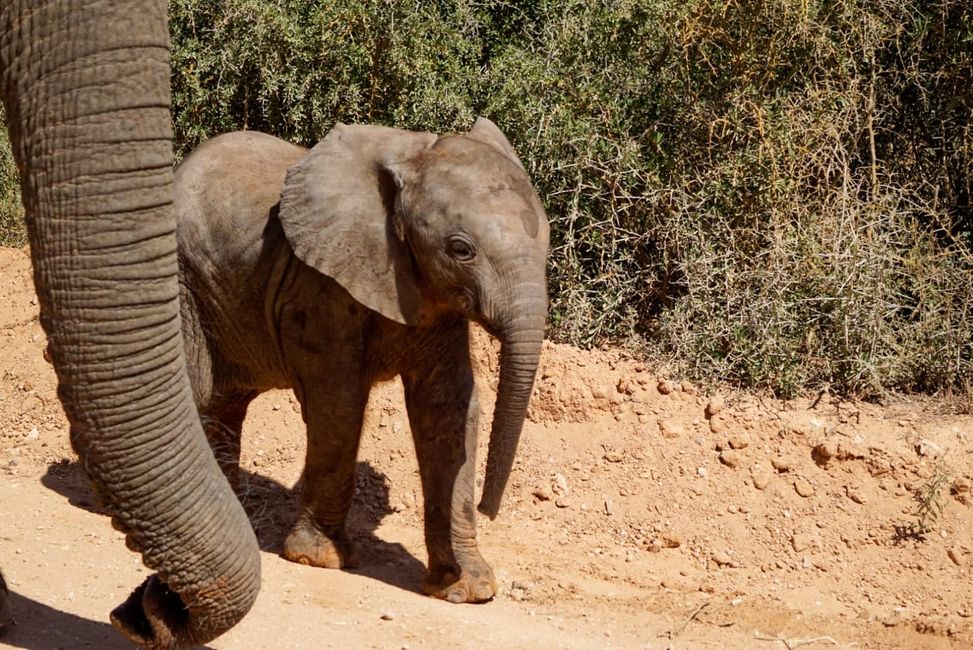
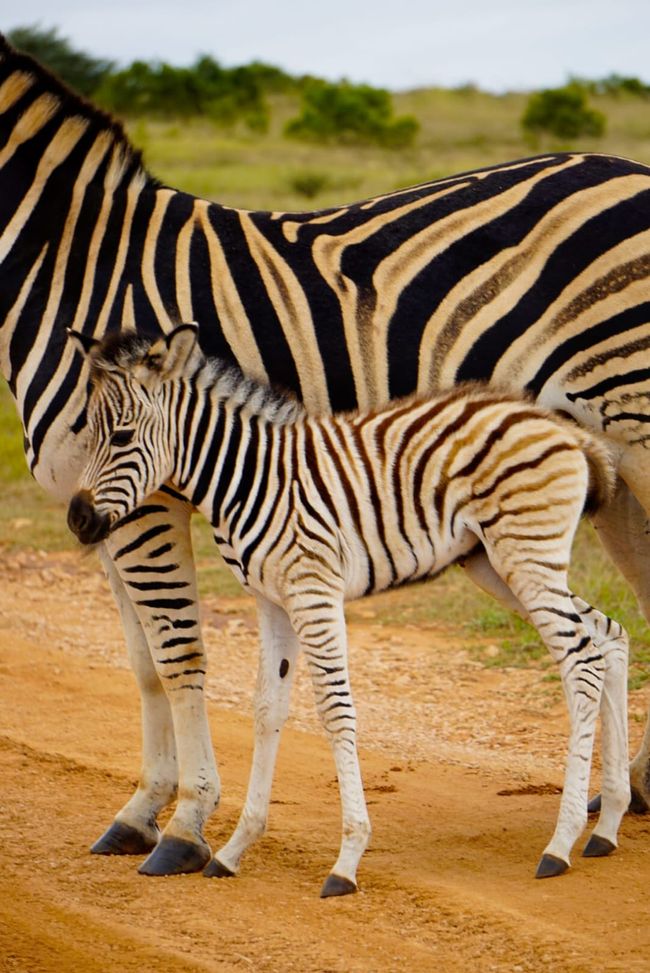
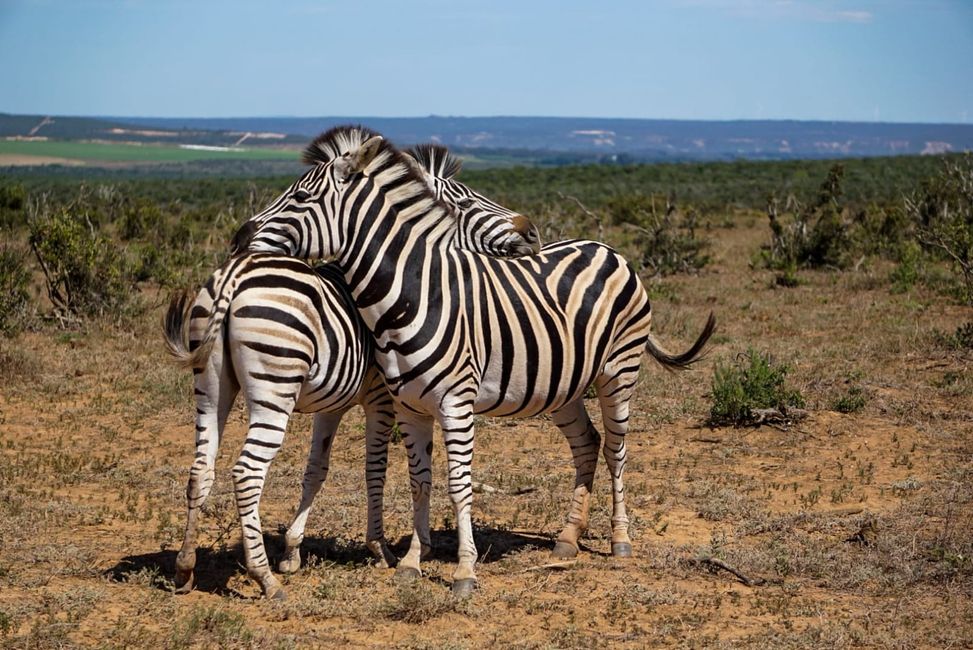
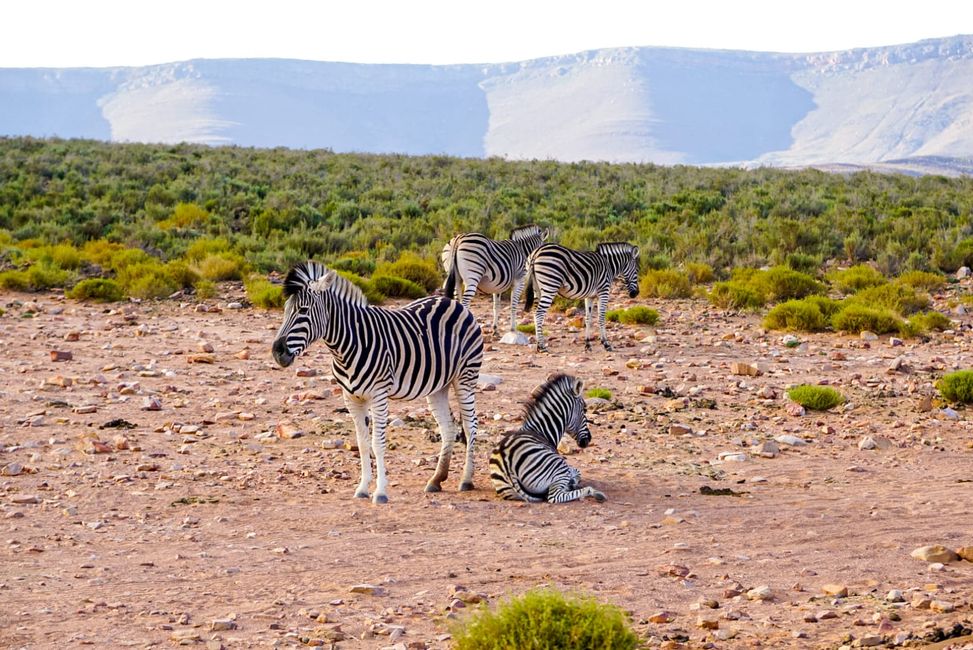
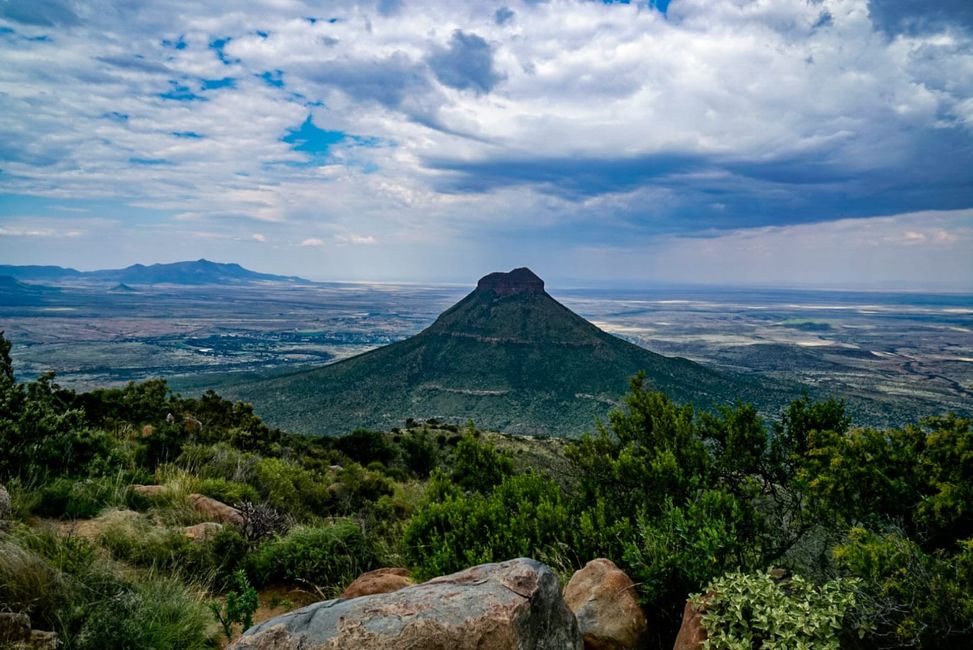
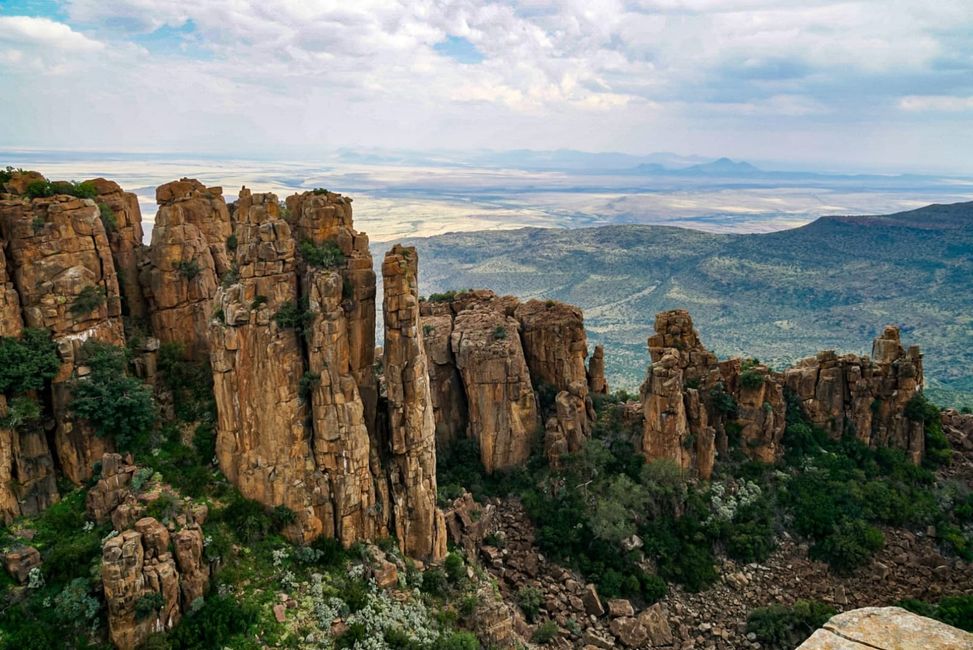
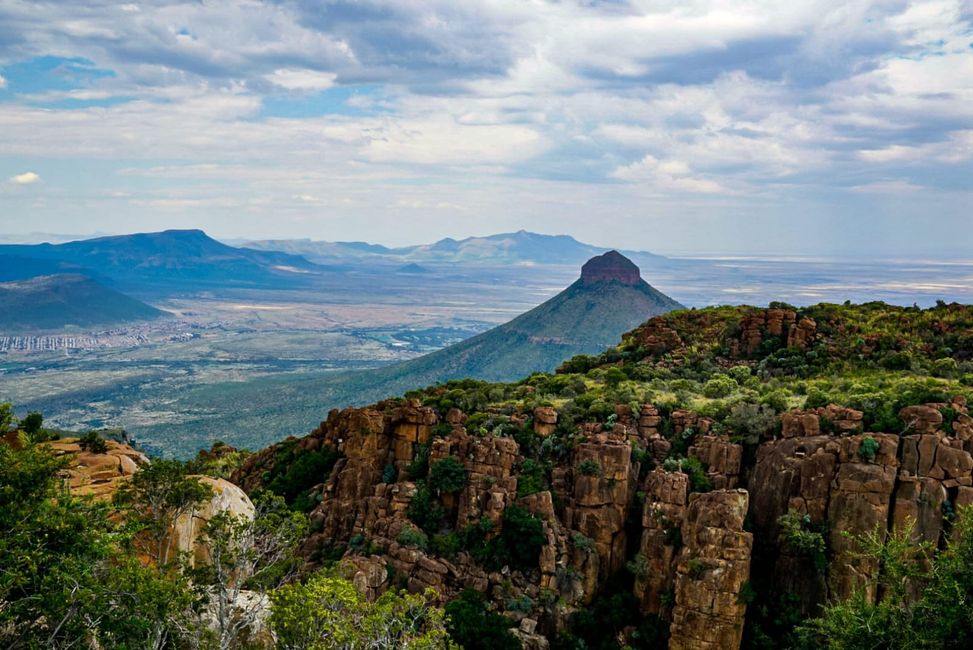
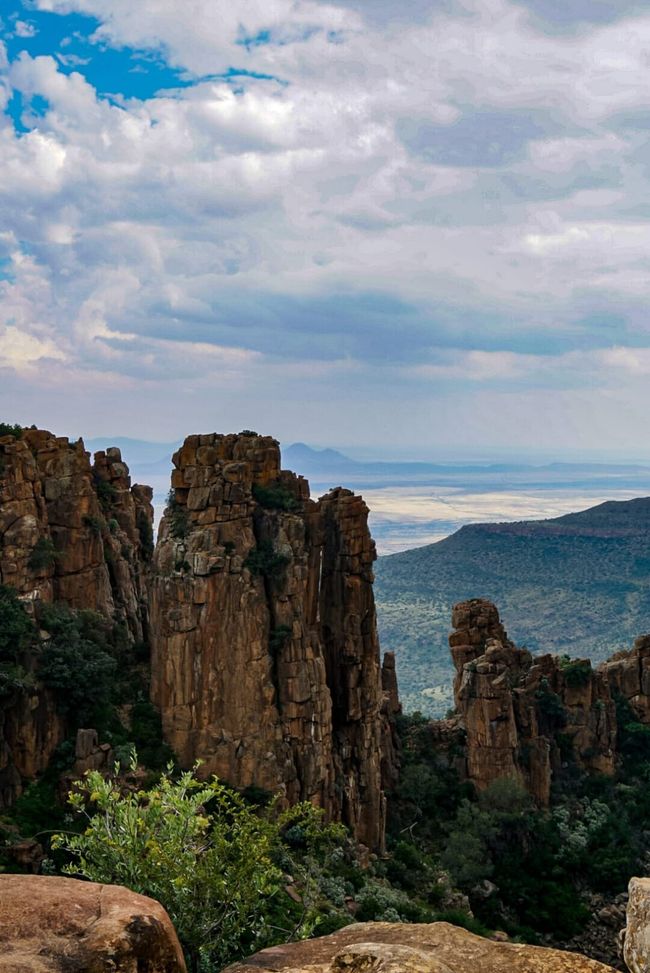
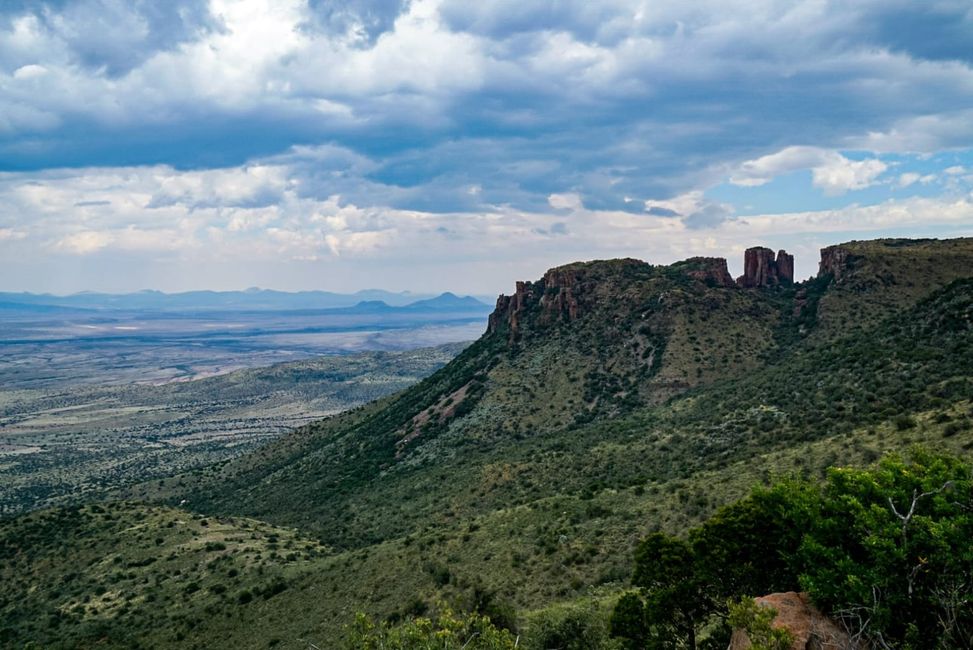
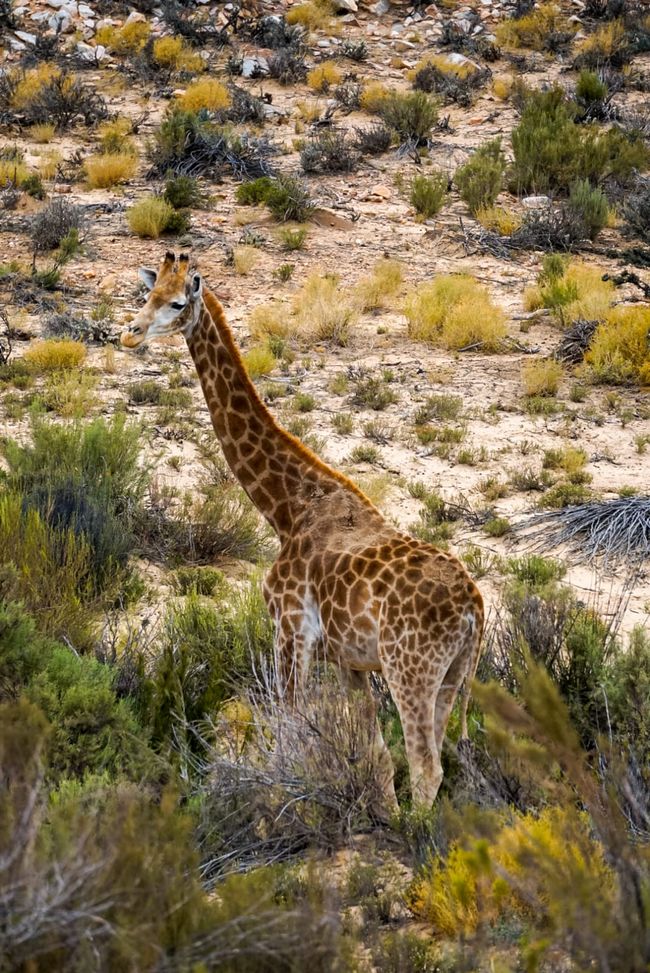
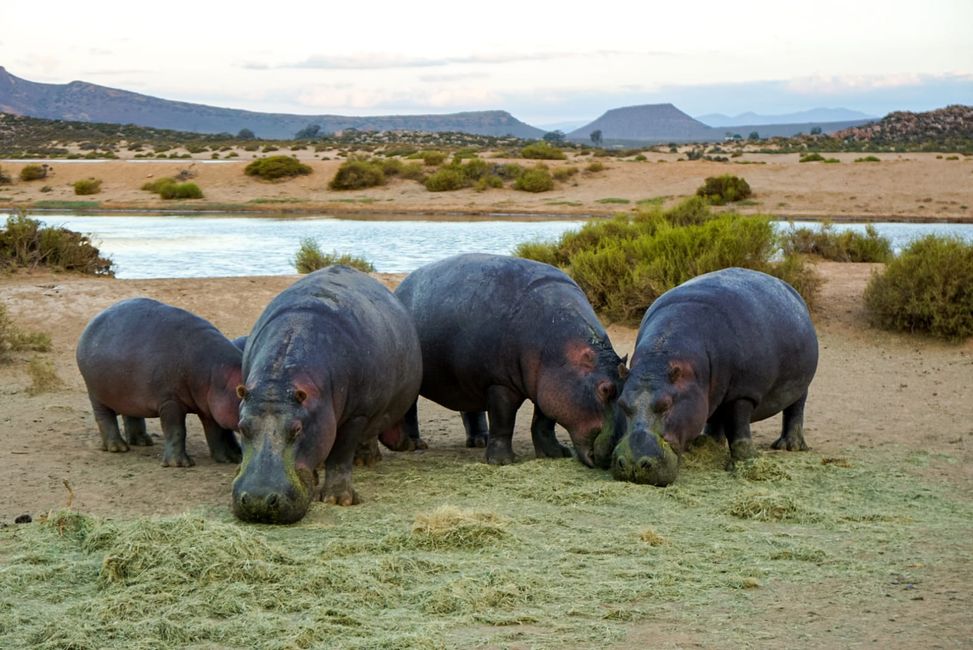
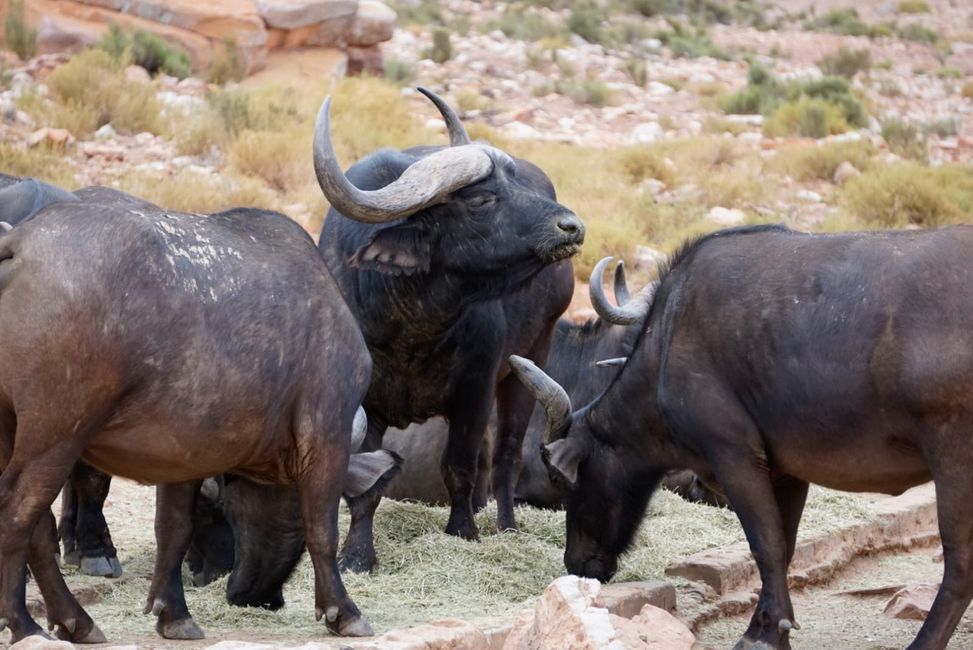
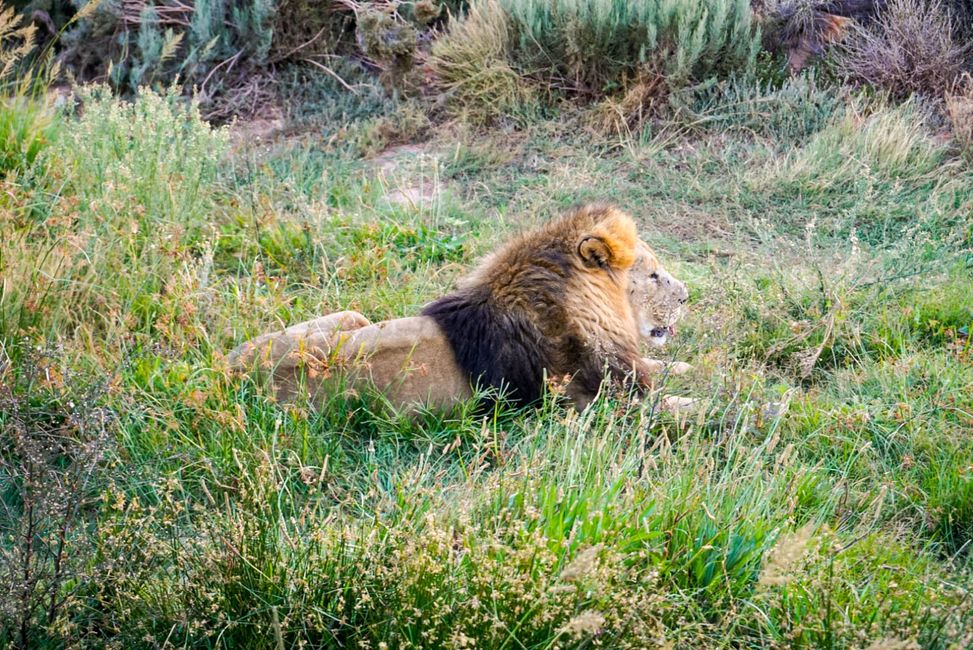
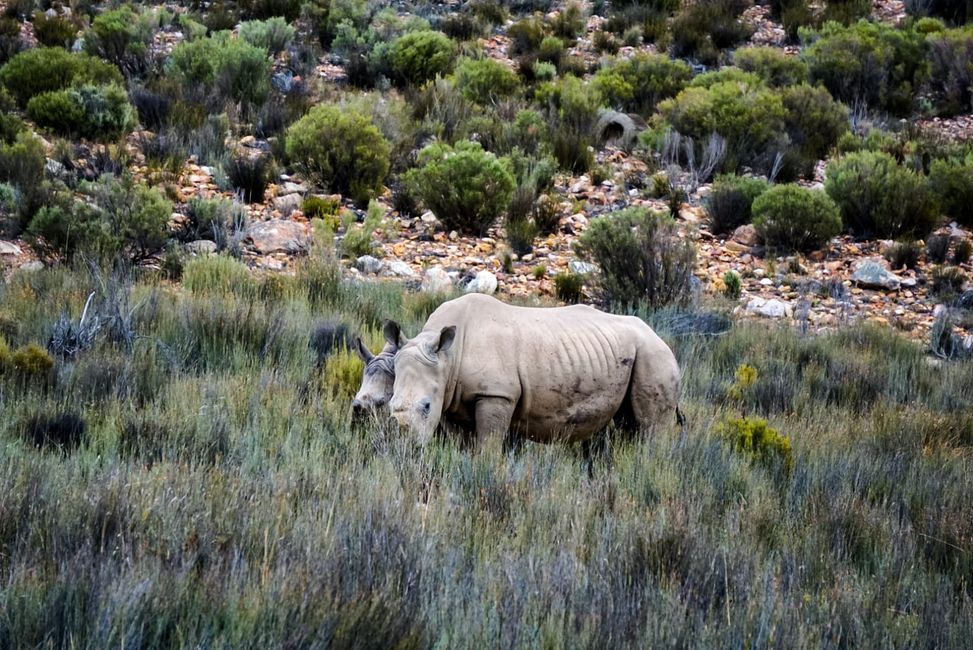
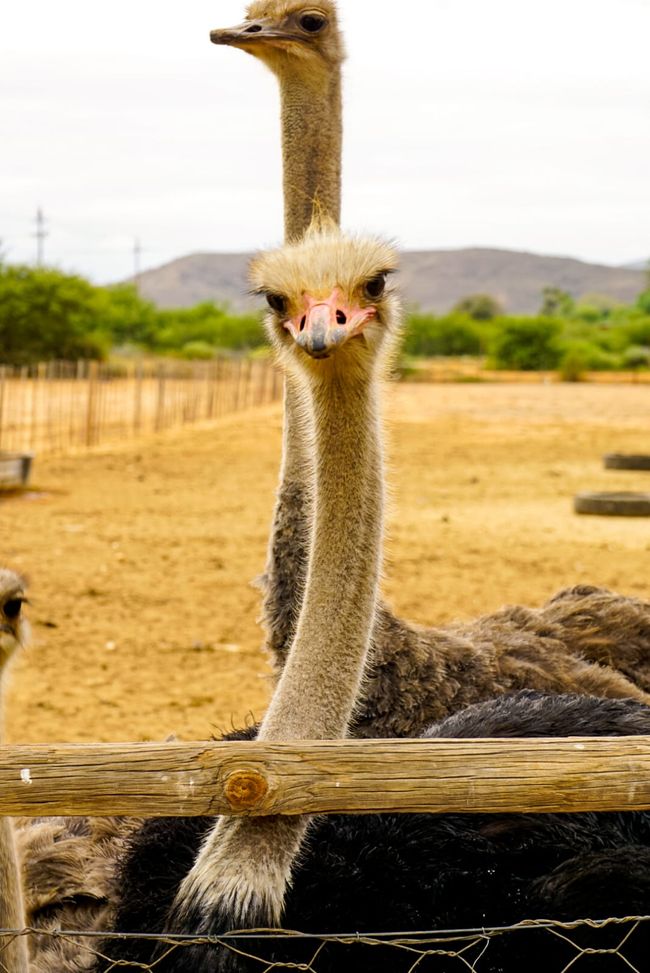
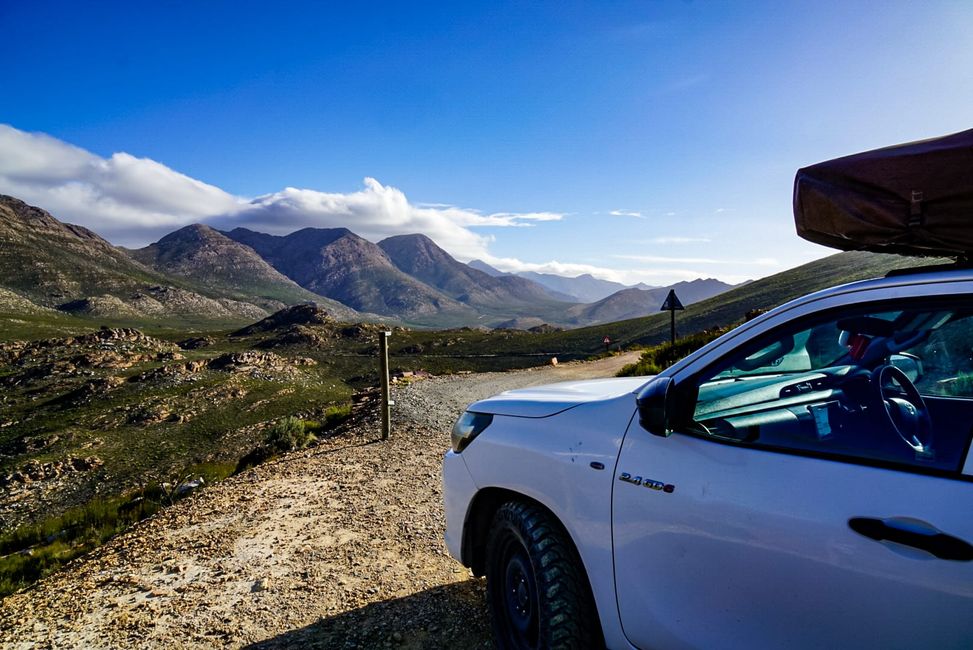
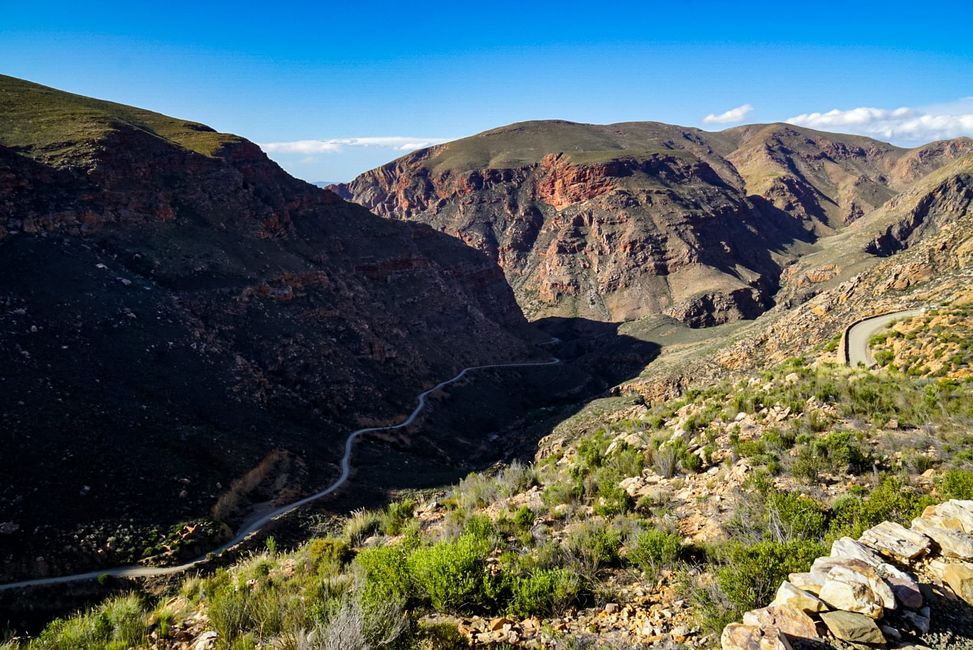
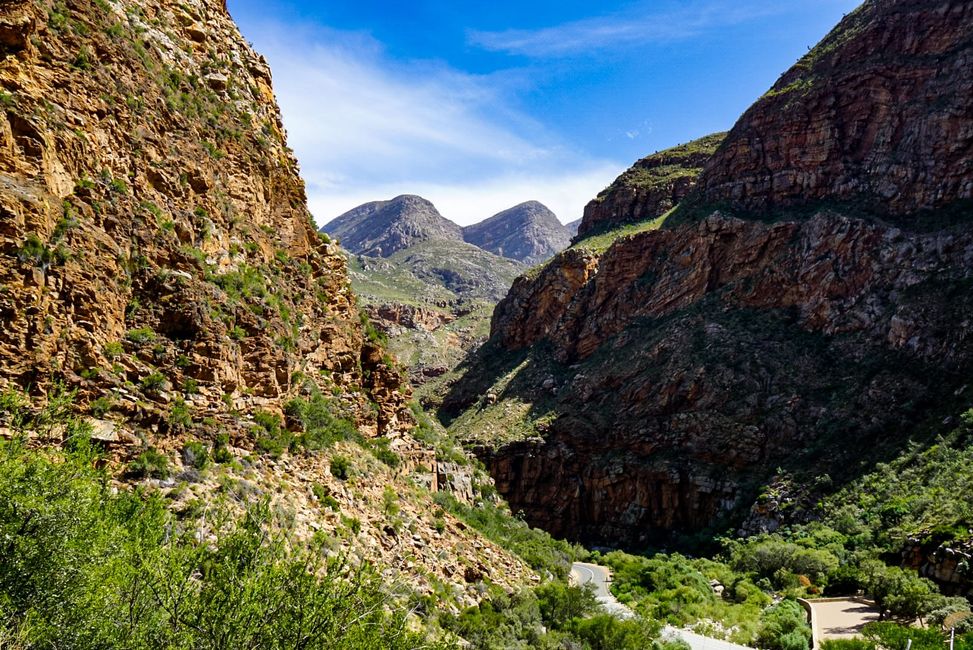
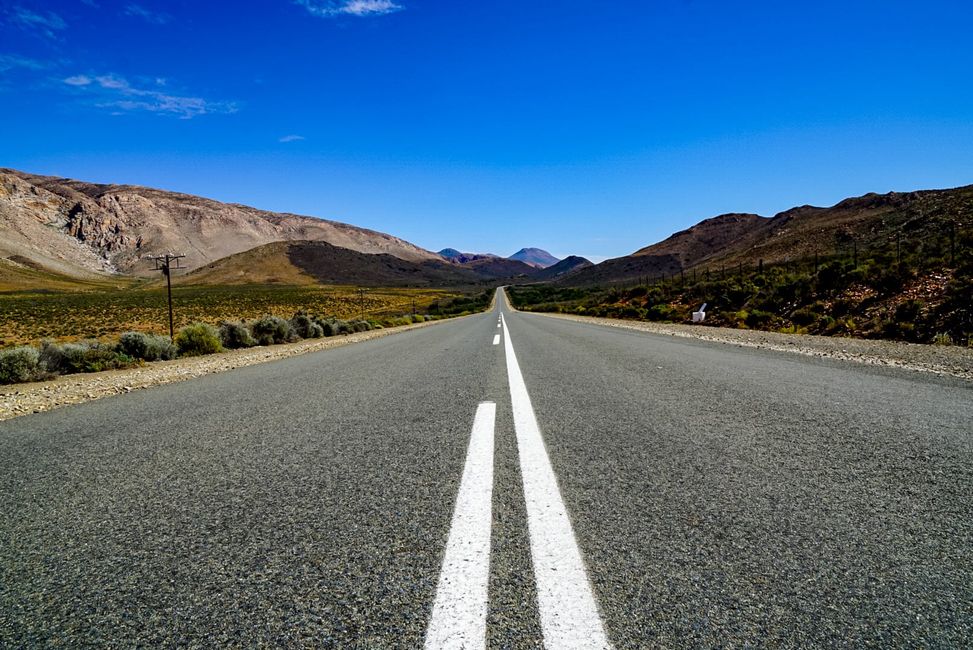
Misoratra anarana amin'ny Newsletter
One of the many advantages of being a teacher is - in addition to the fulfilling job itself - the holiday time. In South Africa, summer vacation is from mid-December to January, but there are also a few weeks off between each term (quarter). These do not fall on Easter like in Germany, but already in mid-March, when the first ten weeks of the school year are over. Good for us, because within our internship period we still have two weeks to explore the area - the Garden Route.The Garden Route is - contrary to what the name suggests - not a single road that runs through the country, but a huge area that stretches from George, the nearest larger coastal city, to Port Elizabeth in the Eastern Cape, behind the Winelands of the Cape region. When you look at the map, the name "Garden Route" explains itself. In contrast to the nearby desert areas of Karoo or Kalahari, this long stretch is a green, wooded oasis and thus offers a refreshing change from the barren, sandy Africa that we were used to from large parts of Namibia.The Garden Route National Park is spread over several smaller areas, between which there are also larger cities. So our route is very varied, from the southernmost point of Africa (Cape Agulhas) through the agricultural areas near George, coastal towns like Mossel Bay, the idyllic city of Knysna located in a lagoon, camping sites in the national park and on the coast to Addo Elephant National Park in the Eastern Cape. In the Garden Route National Park itself, there are many small campsites that not only offer pitches for nature-loving South Africans, but also small cottages or huts with beds for people who appreciate a little more comfort in nature. The sites are often located directly on rivers, where canoes occasionally paddle by, or by the sea, where various hiking trails, such as the well-known Otter Trail, lead through the endless expanses.
Addo Elephant National Park
The Addo Elephant National Park, as the name suggests, is known for its countless elephants and is located slightly east of the Garden Route in the Eastern Cape. After the windy days on the coast, which we spent with walks on the beach or surf courses, we enjoy the warmth and tranquility of the park even more. Theoretically, the Big 5 should exist here, which are elephants, lions, rhinos, leopards, and buffalos, the five most dangerous large wild animals. However, leopards are generally very difficult to spot in the wild, and unfortunately, we don't see any lions here either. But we do see some buffalo, zebras, eland antelopes, springboks, warthogs, ostriches, and many elephants. According to official information, there are about 400 of these large, gray giants living in the park. As they seem to prefer refreshing themselves at the waterholes in the heat, we see about 200 elephants within a few hours. Large and small, thick and slim, they leisurely walk past our car to the water. Most of the time, they are huge herds, splashing with their young and seeming to have a huge joy. It's wonderful to watch, and you completely lose track of time while taking pictures of a hundred elephants or simply enjoying the spectacle. Only a few days later, we manage to spot some rhinos and lions in a private game lodge. Such facilities are always very touristy and overpriced, but it is really worth it just for the many safari drives.Karoo
The Karoo semi-desert, which we partly traveled through already in December, also crosses our path on the way back from Addo National Park to Cape Town. Just about 100km north of the green strip of the Garden Route, the landscape changes into a barren hilly landscape, where warmer temperatures finally await us again. But the area has more to offer than you might think. The mountains of the Camdeboo National Park near Graaff-Reinet create deep gorges in the Valley of Desolation, which stands out due to its bizarre rock formations. To the west of it, the mountain range of the Swartberg stretches, whose unpaved Swartberg Pass is considered one of the most beautiful mountain passes in South Africa. From there, you can reach the small town of Oudtshoorn, which, as the ostrich capital of Africa, has various ostrich farms for visitors. While feeding these giant birds, one should not think about the fact that all these animals are raised and slaughtered within a year to end up somewhere as ostrich steak on a plate.To the western edge of the Karoo, it becomes apparent again that we are approaching the Winelands. New, pompously built wineries constantly appear along the road, inviting you to tastings, so you don't know where to start. That's why we spend the following days testing our way through the wine route. Here, you can discover completely new varieties that do not exist in Germany or can't exist due to the different climate. Often, there are also cheese platters or olives. So, it's easy to endure!Misoratra anarana amin'ny Newsletter
Valio
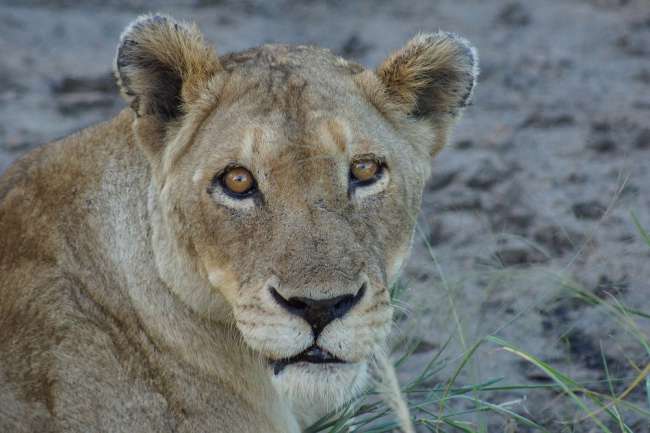
Tatitra momba ny dia Afrika Atsimo
